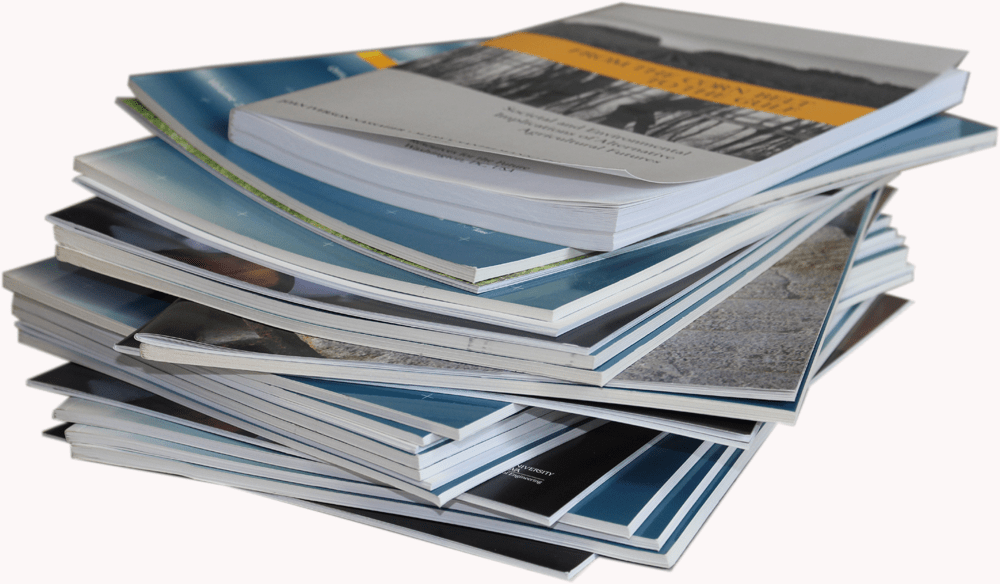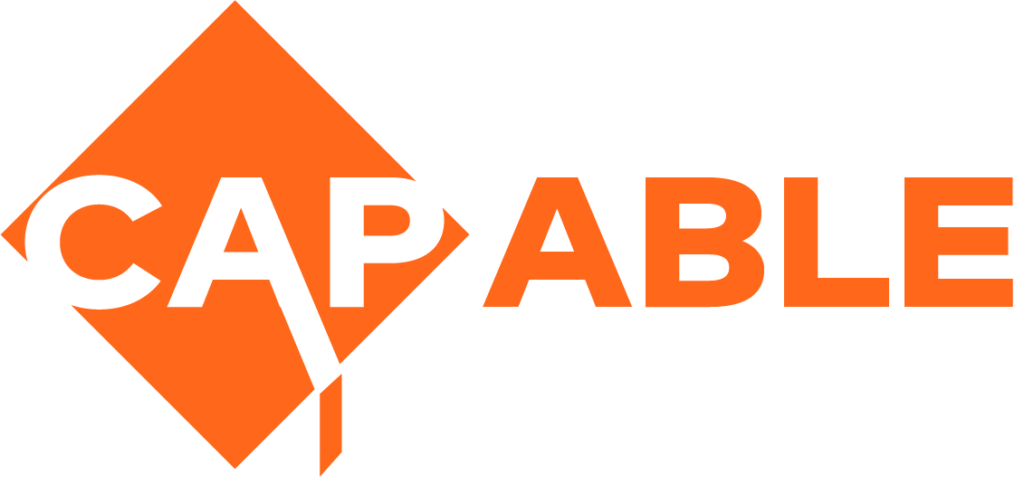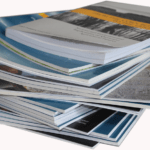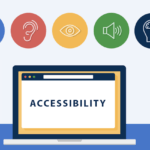Accessible Academic Publishing
In past years students with print disabilities relied on university resource units, non-profit organizations or even volunteers to provide access to their academic texts.

Fortunately, this is changing for the better. Many textbooks and reference materials are available as digital texts which can be read with assistive technologies, or adapted to the individual learner’s accessibility needs.
Indeed, increasingly publishers are creating fully accessible textbooks, not least to conform to legislation and purchasing requirements. These textbooks include fully accessible text, great navigation, described images, navigable tables, accessible math and chemistry and more.
In this four-minute video Brianna Walker from academic publisher Taylor and Francis Group gives her take on the Case for Accessible Publishing.
The Case for Accessible Publishing
In this four-minute video Brianna Walker from academic publisher Taylor and Francis Group gives her take on the Case for Accessible Publishing.
Accessible publishing is changing student experiences in North America and Europe, and increasingly publishers in Africa and Asia are gaining the expertise to create accessible, digital publications, for example through the IPA Africa Publishing Innovation Fund Accessible Publishing Program.
Institutions and educators can increase the accessibility of their learning experiences by requiring that digital textbooks and library acquisitions are created in conformance with accessibility bext practice. This leads to a more inclusive education experience for learners with print disabilities and learning differences, and reduces the pressure on university resource teams.






